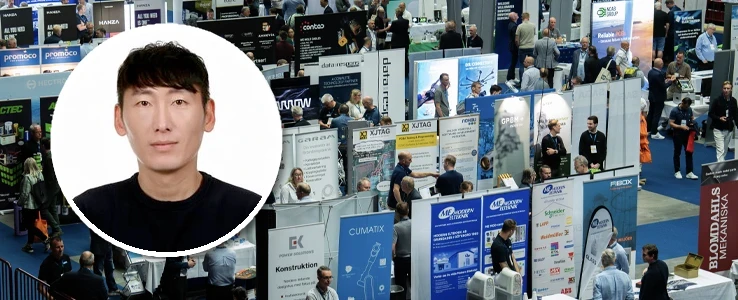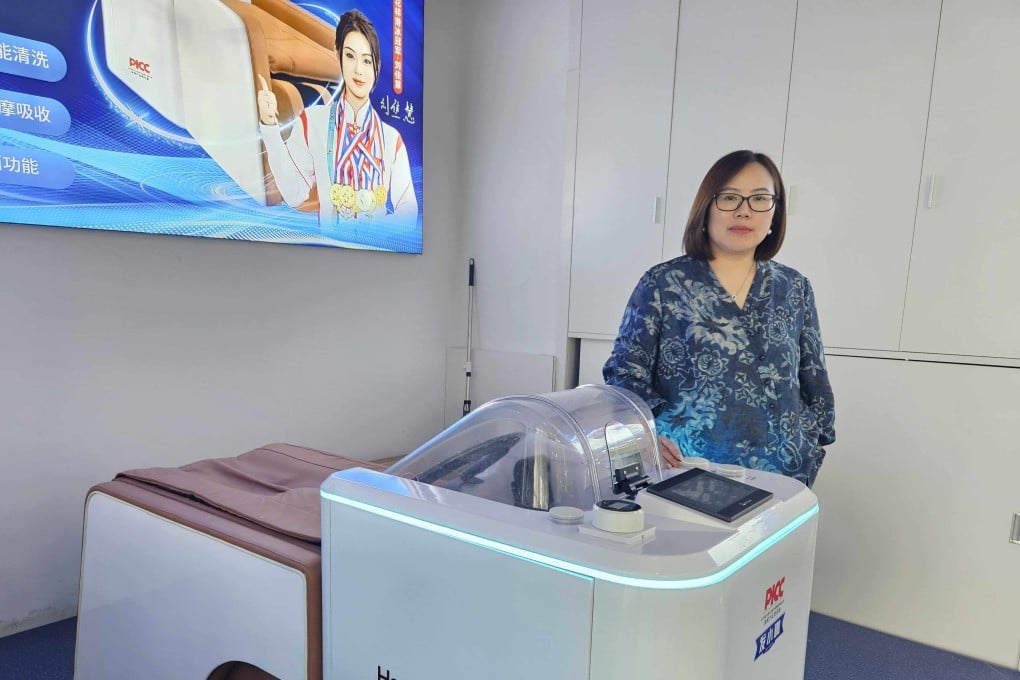In his presentation during the Expo , titled “Effects of dust and moisture surface contaminants on automotive radar sensor frequencies”, Kang will discuss the results of a study designed to investigate how surface contamination impacts radar performance in real-world driving conditions. The study used a range of advanced measurement tools—including a 76–81 GHz radar sensor, a 72–82 GHz automotive radome tester, and a 60–90 GHz vector network analyser—to test radar signal behaviour through a polypropylene surface treated with varying combinations of water and ISO standard dust. The results point to a significant issue: As automotive radar sensors play a central role in the perception systems of autonomous vehicles, ensuring their functionality in all weather and road conditions is critical.
Kang emphasises the practical implications of his findings: As automotive radar becomes increasingly critical for autonomous systems, how urgently does the industry need to address surface contamination as a reliability risk? Jeongmin Kang will take to the stage to provide a deep dive into the impact of dust and moisture on radar sensor performance during Evertiq Expo Malmö on May 15 . His work serves as a critical reminder that even small environmental factors, like the type of grime that sticks to a car's bumper, can have large implications for the future of vehicle automation..

Technology

Dust, water and radar – a hidden threat to autonomous vehicle reliability

A key challenge in autonomous driving technology – how dust and moisture contaminants impair the reliability of automotive radar sensors – will be in focus during a presentation by Jeongmin Kang, Postdoctoral Researcher at Halmstad University, at the upcoming Evertiq Expo Malmö on May 15, 2025.















